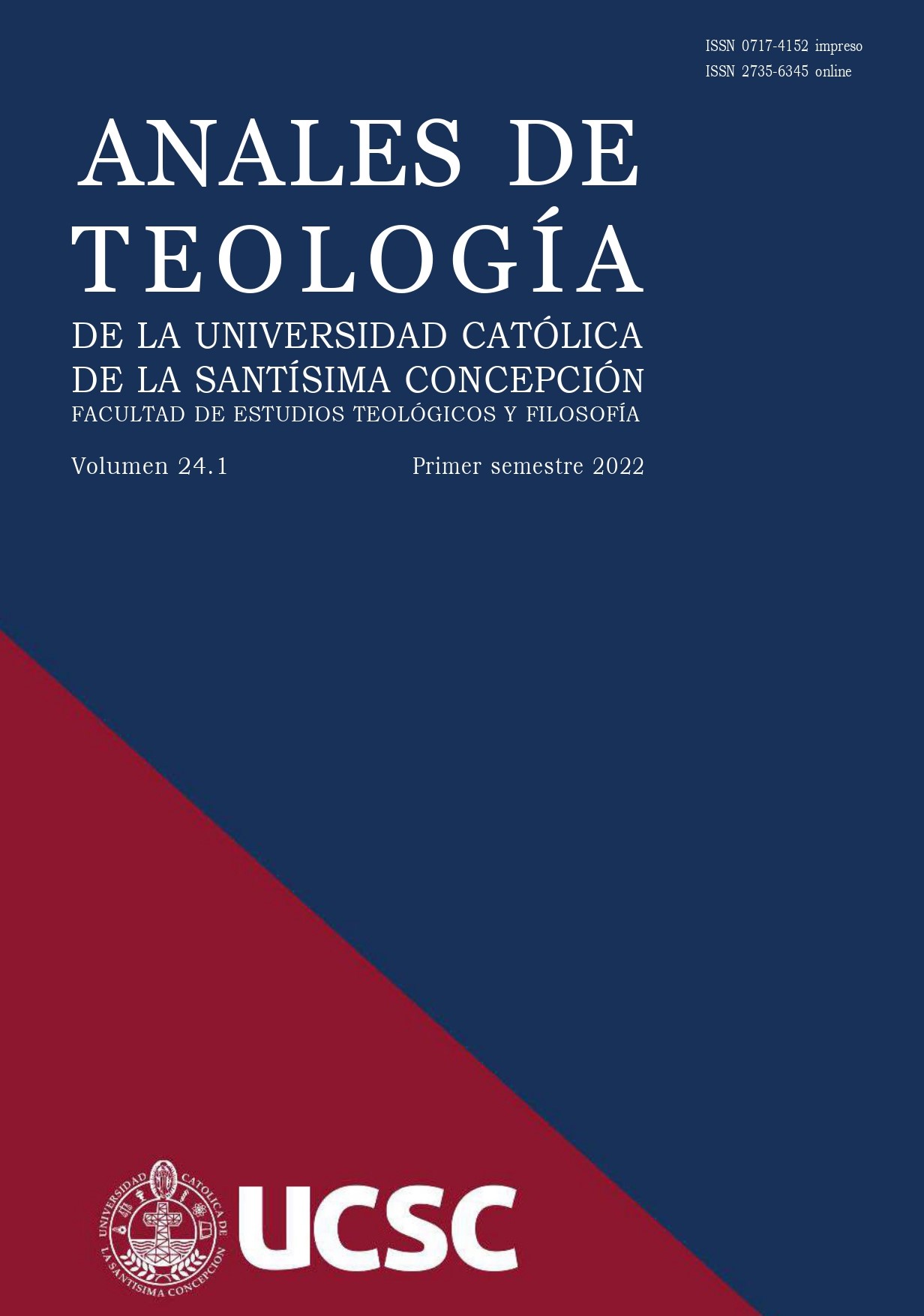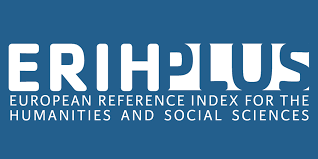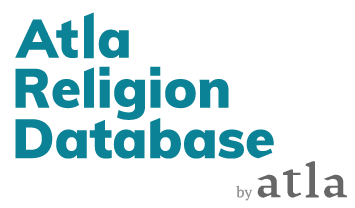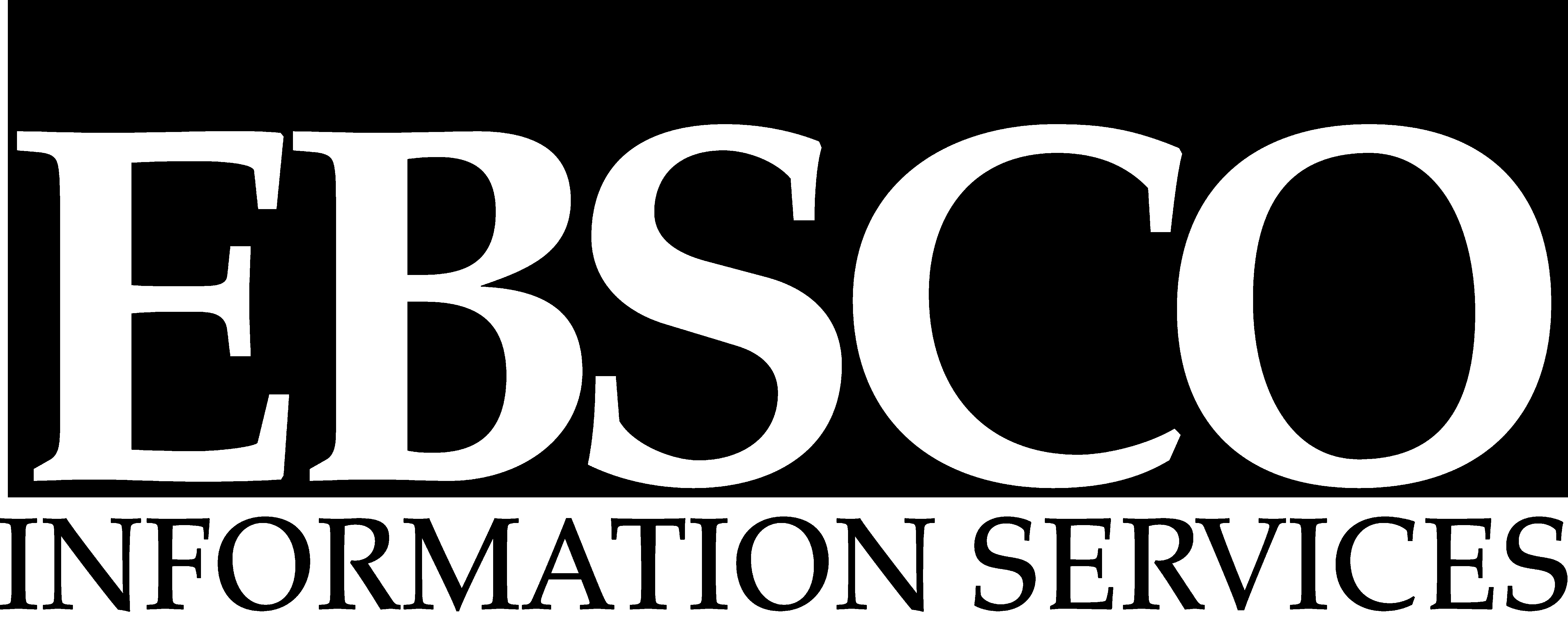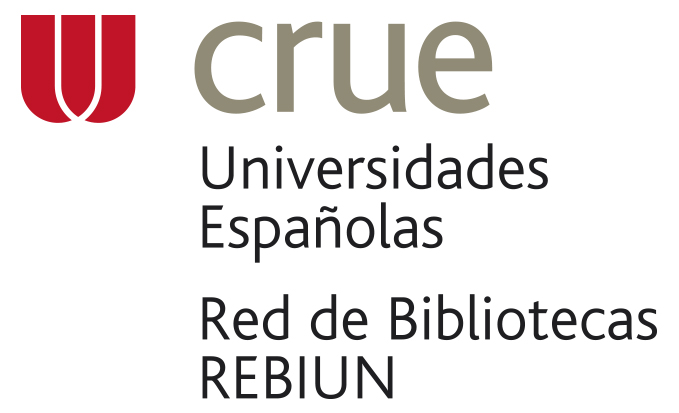THE NEED TO POTENTIATE THE LAITY AS AN EXPRESSION OF VATICAN II IN A SECULARIZATION’S CONTEXT
DOI:
https://doi.org/10.21703/2735-634520171911858Keywords:
Secularization, laity, Vatican II, clergy, changesAbstract
The Second Vatican Council meant a renewal of the Church and an adaptation of the Church to the challenges of modern times. Nevertheless, many challenges remain pending in a framework of secularization as the current one. The spirit of the Council has not yet emerged in all its expression and some important issues remain, as the place of the laity in the Church, to elucidate and accommodate in the new evangeliza-tion. The layman should not resemble the clergyman to have a space, but a new back-ground is needed in his role of believer and missionary within the structures of the world. For this purpose we have made a brief tour through the conciliar documents, with the intention of extracting the true purpose of their letters and we have faced them to a present-day reality that calls for this spirit to really reach an ecclesiastic structure which is too rigid and clericalized. The role of the layman is of utmost im-portance in today’s Church, but not at the shadow of the clergy, but in its own mission and assuming the challenge that corresponds to him within the world. Undoubtedly this is one of the burning issues that the Church must face soon after the 50 years of the Council.
Downloads
Downloads
Published
Issue
Section
License

This work is licensed under a Creative Commons Attribution-NonCommercial 4.0 International License.
The Anales de Teología is an open access journal and does not charge for publication. In addition, it regulates its Copyright and access policy according to the Creative Commons Attribution-NonCommercial 4.0 International Public License (CC BY-NC 4.0), therefore sharing (reproducing and distributing the material in any medium or format) and adaptation (modifying, transforming, and creating from the material) is allowed as long as proper credit is given and the citation is included with the corresponding data. Moreover, it is not allowed to use the material for commercial purposes.
